Writing for children can be one of the most rewarding things to publish – but it can also be one of the most challenging.
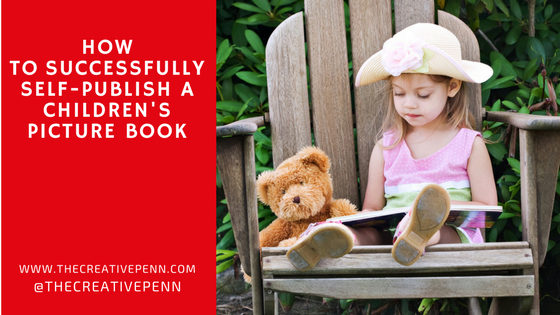
In today's article, Darcy Pattison gives some tips for successfully self-publishing a children's picture book.
At some point, many successful writers want to try writing and publishing a children’s picture book. There are many reasons: their own children inspire a story, they fondly remember a childhood event, or their muse gives them a story that doesn’t seem right for their usual genre.
Writers often tell themselves that they are professionals and can switch to this new genre without problems. There are indeed many similarities to publishing a children’s book. Let’s cover them.
How Children’s Books are Similar to Publishing for Adults
The most common advice given to those writing for adults are these:
- write a compelling story
- get amazing cover art
- know your audience
- market as much as possible.
Children’s books are the same.
Write a Compelling Story
Just as for any genre, for children’s books you should focus on the story first. The problem is that picture books have a specific format.
They are almost always 32 pages. This is because paper folds neatly into groups of 8, and the 32-page picture book can be printed on a single sheet of paper. Originally, the economics of printing set the format, but putting a story into the 32-page format has become an art.
Today, that format can be modified for ebooks or print-on-demand, but the stories still work best in the 32-page format.
Children’s stories are usually 500 words or less. In that space, the story sets up a problem and a character, puts obstacles in the character’s way, and finally solves the problem.
If you take the 32 pages and lay it out in a book, there are about 14 double-page spreads, which means the images spread across the opened page. Divide your story into fourteen sections.
Each section must:
- Advance the story. If you remove this section it should destroy the story. Each section must be integral to the story. Something must happen that changes the story in some way.
- Give the illustrators something to illustrate. Think action. Include action verbs that inspire amazing art from the illustrators. Variety of illustrations is important so be sure the story moves to different locations.
- Make the reader want to turn the page. The story should pull the reader through the story.
After the story is written and each section works, think short. When I critique picture book manuscripts, I usually ask the author to cut the story in half. And then remove another 100 words. Picture books, like poetry, require very tight writing.
Amazing Art
Adult books demand amazing cover art that are genre appropriate. Likewise, children’s books need great cover art; but they also need great art on each of the 32 pages. This is, of course, one of the main differences between children’s books and other genres.
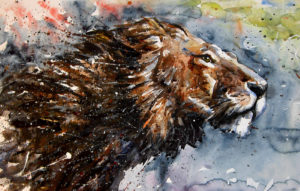
However, if you don’t have a good eye for art, you’ll need to find a fantastic artist who can also do the graphic design/typography, preferably one with experience in children’s books. That means you’ll look for portfolios that show a full picture book and be ready to pay more.
This is one place that those new to the genre fall short. A common pitfall is to think the art must be cartoonish. Far from it! The range of art in successful picture books is truly amazing. For example, take a look at the New York Times list of Best Illustrated Picture Books of 2017.
Look for similar lists of “best illustrated picture books” and you’ll find immense variety. In other words, choose art that appeals to you and will enhance the story you’re telling. Don’t settle for mediocre art because it will handicap your sales.
Because I’m fairly confident in giving art direction, I find illustrators on Behance.net, which is Adobe’s social media platform for illustrators.
Be careful: many types of illustrators post here, not just children’s book artists. You should have specifications sheet ready when you approach the illustrator. Click here for more on dealing with illustrators, including a sample spec sheet.
Know Your Audience
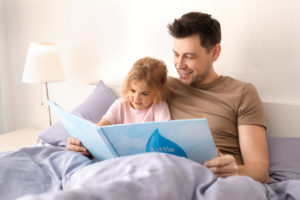
Study the children’s book categories on Amazon, look at award-winning lists, and take a careful look around before you invest in a children’s book. It’s a hard market and has nuances different from books for adults; take the time to study the market just as you would for any other book.
Competition is much stiffer for certain topics such as bedtime stories. If you choose to write a bedtime story, then study the market and make sure yours stands out. Click here for 10 picture book topics to avoid because of fierce competition.
Market as Much as Possible
One big difference in publishing a book for children is that it’s harder to make money because it’s a smaller audience, and you need to adjust your expectations accordingly. Like any book these days, though, smart marketing will help your story sell better.
The audience for children’s picture books is a moving target because as children grow up, their book preferences mature. That makes it difficult to develop a strong audience ties through email lists.
If you focus on educators, instead of parents, email marketing becomes more stable; but the education market has its own challenges because educators need books that tie into the curriculum.
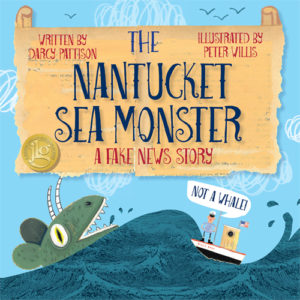
I also use AMS (Amazon Marketing Service) and found that it doubled my income.
It’s strange though because you’ll advertise the ebook and find that that paperback will sell instead because many parents still prefer a print book for kids.
Either way, it’s a sale though, so the platform does work. Just be sure to put up both ebooks and paperback versions of your story.
Also try Pinterest because there’s a strong audience of parents and teachers on that platform. I find that about 20% of my website traffic comes from Pinterest. As with any marketing platform, study the best practices and take the time to let your efforts grow your audience.
One Big Caution
If you plan to sell ebooks of your picture book, and you should, there’s one big caution: Amazon Kindle download fees can kill your profit.
Children’s picture book file sizes can be bloated because of the illustrations. If your files are over 7MB, you should opt for the 35% royalty, which doesn’t charge download fees.
I’ve written a long tutorial on how to reduce the files to a more reasonable and profitable 2-3 MB. Basically, reduce the image quality to medium, limit files to 1000 px wide, and strip out extra metadata. Click here for the full tutorial.
If you have reasonable expectations and follow best practices—great story, stunning art, consideration of audience, and marketing—you can successfully publish a children’s picture book.
It’s not that different from publishing books for adults except you need a great eye for art. Keep your expectations realistic: because the art costs more for a picture book, you have more invested, so it’s harder to earn back your investment. Slower sales make it even harder. But it can and does work for many children’s book authors. Good luck!
Have you ever considered writing and self-publishing a children's picture book? Please leave your thoughts below and join the conversation.
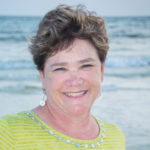
For more on writing great stories for kids see my online course, How to Write a Children's Picture Book.
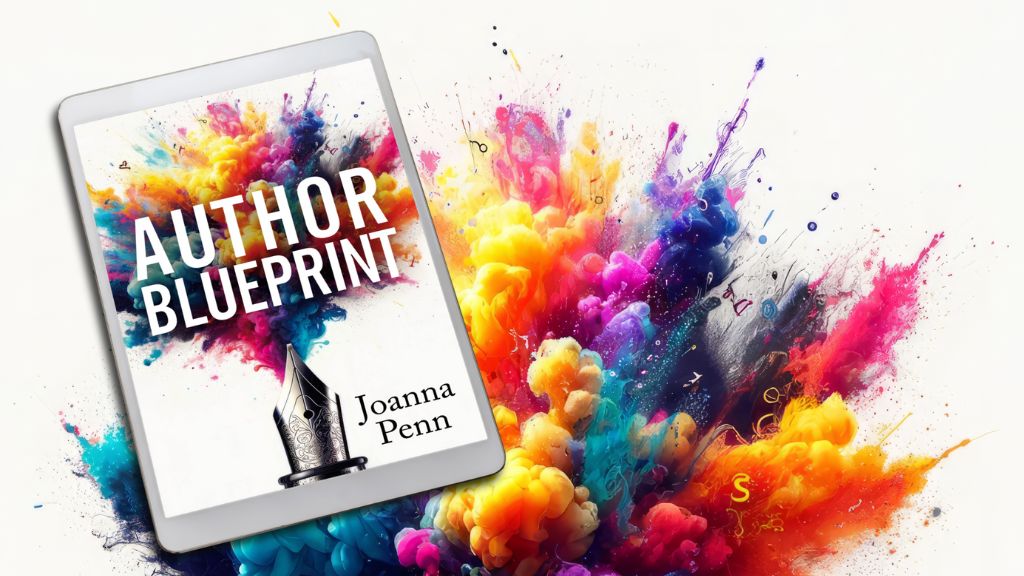
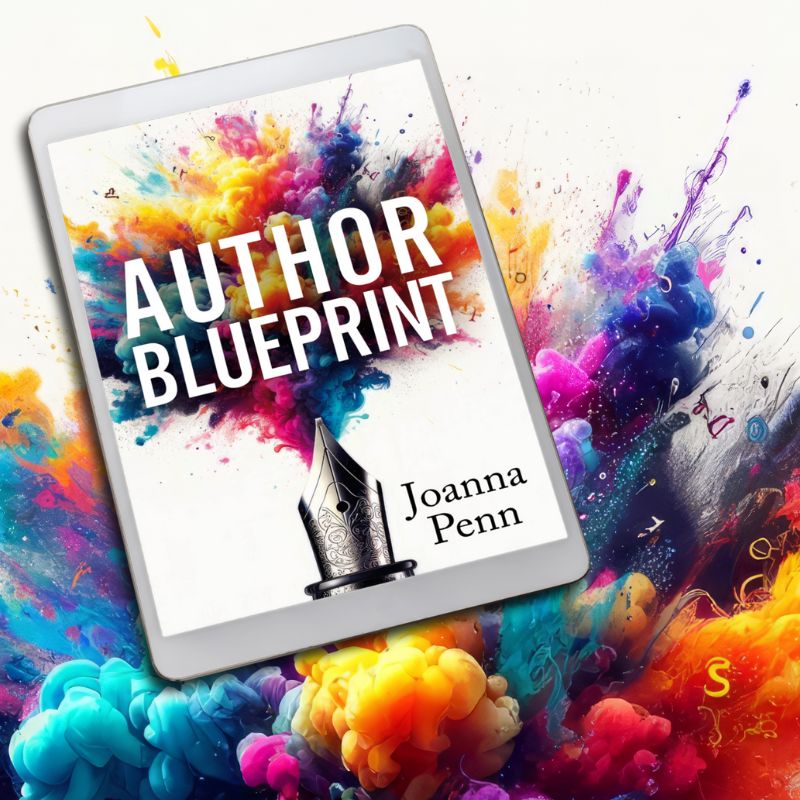
Hello Darcy
I’ve just learned an absolutely crucial bit of information from your article:
I’m in the midst of producing an entire series of children’s picture books. The illustration art is absolutely superb – warm and beautiful. But given the quality I could not see how to avoid the download fees for the digital version.
What I didn’t know until I read your article is that Amazon don’t charge download fees for the digital version if sold at the 35% royalty rate. Great!
Furthermore, this is equally important for my marketing , because I plan to sell them at .99cents (and often free) to collect email addresses using an offer in the back, and also to promote the print versions.
I’ve been in the dark about this for some time, but the skies have cleared!
Thanks again
Jonathan
P.S. That’s the 35% royalty rate not not 3% 🙂
Jonathan
A very informative post – and, this is somewhat off-topic, but I’d love to see more info on how to self publish and market Middle Grade fiction. Anything coming up on this, Joanna?
Check out https://selfpublishingadventures.com/ as I think Karen has some middle grade and she’s coming back on the podcast in a few months.
Jonathan: I’m glad the 35% royalty option will work for you. The tutorial linked might help you reduce file sizes to under 7MB, and then 70% becomes more profitable.
Darcy
Thanks, I’ll check it out!
Thank you Joanna and Darcy for this article. Sorry for my bad english, I use google translation. It’s very interesting to read you. I am an Indie French author and I have published for the moment only one book on Amazon. I used the ebook to offer it for free on Facebook. To let me know and get feedback. For that I organized a contest at Christmas time. It worked, unfortunately my campaign had a problem on Facebook, I think I have changed too much my current campaign and it has spread my advertising abroad instead of France. Thanks to you, I start Pinterest and I created my author blog. Thank you for all your advice. Marketing is not easy when you’re an author. This is a difficult part for me because I do not like to sell, it’s not in my nature, I like to create, not sell. But I also know that my books will not sell themselves! So, you have to work on marketing. So, I offer my book around me but it’s hard to have a readership. I think you have to be patient before getting more results. I’m Joanna’s advice. I have written new children’s books and I illustrate them. it takes a lot of time, but what a pleasure to do it 🙂 I think to do 4 per year. I will follow you Darcy because I think you will teach me a lot of useful things 🙂 My ebook does not sell at all. I chose the 35% option and uses keywords that allow me to be visible. But I do not have many comments yet. It’s hard to get one. I referenced my paper book on Amazon with keywords, so I sell a little bit each month without advertising but it’s far from enough to live. If you want and have the time to say hello to my blog author it will be with pleasure.
I am happy to read you from France. Thank you for all your advice. Looking forward to talking with you
Karine
Joanna, thanks so much for this fantastic article. I now have lots of homework and a new author to follow as well. I’m one of the people who has been bugging you for more info on indie publishing for children’s books and I really love that you listen to the requests of your listeners. Love your podcast and blog. You’re really inspiring, and so is Darcy!
Great article! So much HELPFUL info in such a short amount of time! so many websites spend more time telling you how great they are instead of giving solid info and help. Now I have time to do the “homework” and keep learning.
Thank you!
Thank you in advance for your reply. How do I go about publishing an interactive children’s book that requires two pages glued together- the first page being cut (like a window, I guess) to show what is affixed on the second page?
Thanks again. Much appreciative for the information
Hello, great article thanks for taking the time to write it. I do have a question though, how rigid is the 32 page (14 double sides) I have a ton of books (i have 2 kids) and i would say a fair few of them are quite alot larger, say for example the gruffalo, room on the broom. Is this just because they are from established authors in the genre?
Great article. My question is: DO I need to have e.g. Ipad Pro with the Apple Pen or similar devices which are very expensive to do the first self-published children’s book?
At this stage, children tend to be sociable and independent, able to decide what they like and communicate more clearly. It is common to ask many questions and question with a “why?”. Among his favorite books are the illustrated ones that deal with everyday situations.
Where dis you print your book? I wanted a hardcover version but the only place I can find is Ingram Spark and I would have to sell the book around $18.99 to receive about $2 of profit.
Great article – I’m a traditionally published author of mainstream fiction and have been trying to break into the world children’s picture book writing/publishing. Just searching for options and stumbled upon this page.
Where is the best place to get print copies of self published books?
Thanks-
Lisa C
Most of us use KDP Print + Ingram Spark for print copies, but for children’s books, it will depend whether it’s print heavy. You may need a specialty printer for a short run which will be more expensive.
Darcy, thank you for this information. I’m not a newbie to design and layout, but the kindle picture book sizing was stumping me. Back to the drawing board feeling as if I can beat the size issue.
Thanks Joanna, for featuring children’s book issues.
Darcy, this is great! Always good to get advice from someone I know and trust!
I would like to publish shorter children’s ebooks…that are only 16 pages long. Specifically, books for beginning readers. Is this possible? Please help!
Thanks for this Joanna!
I designed my book for kids on canva with font and picture as JPGs or PNGs but it looks like I need a more specific format for publishing– can you direct me to templates or other places so I can format the book correctly to publish
That’s an older post now – try this – https://www.thecreativepenn.com/2021/08/09/a-decade-of-self-publishing-and-marketing-childrens-books/
and Karen’s book has everything you need.
Great article but I have a question. I’m hoping you, or someone on here might have an answer to. I have written a children’s story and my illustrator formatted the book and everything. I’ve jumped through all the hoops, I got my ISBN, barcode, copyright license, and I went to see-publish on Amazon and they don’t do hardcover children’s books. I’ve looked in Barnes & Nobles (which in the end after printing, marketing, distribution, etc. I would literally make 6 cents off each book sold.). I’ve tried Lulu. com, Ingram Sparks, etc. Every option I look at… I find all my money is going in other people’s pockets. I think the most I found was I could make $1.61 on one site. Now I don’t expect to get rich off my children’s book, but my dream is to write many books and eventually live off the profits. That doesn’t seem possible with self-publishing. I have submitted a query letter to a few literary agencies to see if I can maybe get representation and go the traditional route because I’m stumped. Help. I have no idea what to do.